Impact of Global Climate Change on Agriculture
The book “Impact of Global Climate Change on Agriculture” is a compilation of best soil, nutrient, crop and climate change mitigation vis-a-vis management strategies and carbon sequestration,resource conservation agriculture practices in changing world agriculture scenario due to pressure on land and water for sustainable food security and socio-economic development of ever growing world population. The book has been divided into 10 chapters on various issues related to modern soil and crop science coupled with sustainable agriculture resource conserving technologies. Chapter 1 deals with global climate change, causes of climate change, impact of climate change on agriculture and systems, climate change and water, mitigation and adaptation strategies for combating global climate change including land usespractices (LUPs), integrated soilfertility management (ISFM), biological management of soil fertiity (BMSF),role of biodiversity and resource conservation technologies (RCTs). Chapter 2 highlights the soil health (Quality) vis-à-vis soil organic carbon in scenario of climate change and challenges of food Security. The enhancing soil organic carbon stock (SOC) looks an ultimate solution for sustainable soil heath and food security. Chapter 3 focuses on soil carbon sequestration –as solution for mitigating global climate change along with soil carbon sequestration practices like adoption ofrecommemded agriculturl practices (RAPs) and land use practices (LUPs) for uses and benefits of research scholar, soil scientist, crop scientist, agronomist, extension worker and farm workers. Chapter 4 describes farming carbon and sequestration for enhancing soil organic carbon (SOC) in agricultural lands for sustainable crop production and productivity. Various carbons farming practice like low tillage /no tillage, crop rotations, fertilisations, land use management (LUM), biochar burial and composting technologies described with suitable examples. Chapter 5 is a classical collection and compilation of a to z information on resource conservation technologies (RCTs) for sustainable agriculture. It gives all the answers related to conservation agriculture in modern changing agriculture scenario like frequently ask questions mode e.g. goal of CA, characteristics of CA, what is not CA, is CA compatible with IPM,role of animal husbandary in CA,down sides of CA, benefits of CA, issues inCA, is conservation agriculture real, new machines in CA, RCTs-potential tools for attaining food, nutritional and livelihood security , RCTs in rice –wheat system and need for CA, laser land levelling, RCTs in wheat, zero tillage and energy and economics of CA. Aboutthe Book Chapter 6 deals with approaches in fertiliser recommendations for maximising yield and sustainable soil health with highlighting soil testing services in India, advantage of soil testing,approaches in formulations offertiliser recommendations like, generalised recommendations, fertiliser reccommendations based on soil fertility categories, soil test based fertiliser recommendations for a certain percentage of yield, fertiliser recommendations based on soil critical limits, soil test based recommendations (STCR) for target yield of crops, target yield concept and adjustment equation, STCRunderIPNS for optimising doses, IPNS V/S fertiliser alone on crop response, site specific sutreint sanagement (SSNM) for sice crop, diagnosis and recommendations integrated system(DRIS) forthe uses of soil and cropexperts vis-à-vis progressive farmers. Chapter 7 well describes concept, objectives, componets and limitations of INM described with classical examples. Chapter suggest an appropriate and best INM options for important crops viz., rice, wheat, sorghum, maize, pearl millet, soybean, groundnut, sunflower, cotton, mustard, sugarcane, pulses, vegetables, spices, fruit crops and ornamental plants besides important cropping system in different agro-climatic zones for sustaining their productivity on one hand and maintaining soil quality for future generation on the other hand. Chapter 8 describes about opportunities forprecesionagriculture andremote sensing for sustainable agriculture highlighting variability in field, components of precesion farming, techniques for identification of GIS problems, success of GIS, limitations of GIS, applications of GIS, global positioning system (GPS), system of GPS, operations,remote sensing (RS), precesion land levelling, etc. It is a software and computer, satellite based techonolgy needs high expertise for operations. Chapter 9 is a collection of more than 100 reviewes on the effect of deforestation on flora and soil properties like soil reaction (Ph), organic carbon (OC) and available nitrogen, phosphorus and potassium. Chapter 10 is a miscellaneous topics of interest (MTI) focus on resource managementtechnologies (RMT)forrice-wheat cropping system, beneficial effect of SRI, salinity in vertisols, diversified farming technologies forlessor Himalayas, precesion farming, organic farming and certification, maximising fertiliser use efficiency, soil pollution remedial measures are useful for readers, scientist, students and farmers. The book will be exteramly important for soil scientists, agronomist, climate change scientist, agrometrologist, extensionist, environmentalist, plant scientist, soil microbiologist, economist,research institutes, colleges; universities,research scholars, students, and progressive farmers. Information given in appendices is also important forreaders.
Get it now and save 10%
BECOME A MEMBER

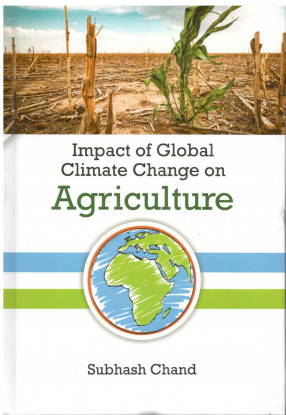
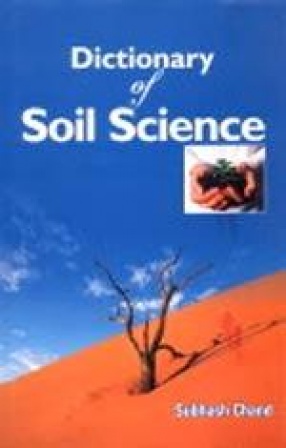
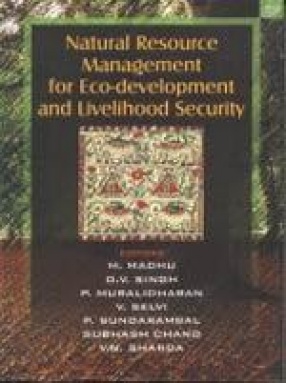
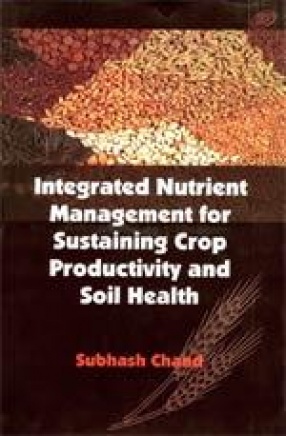
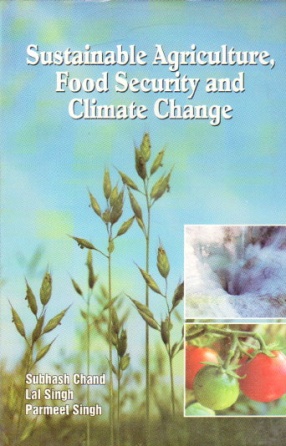
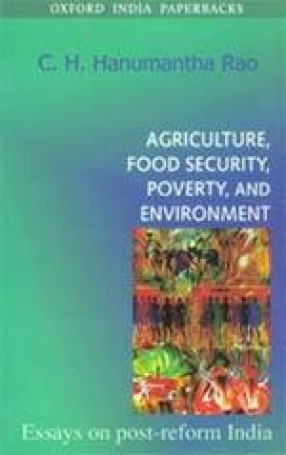
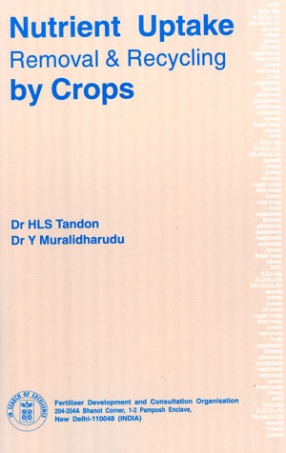
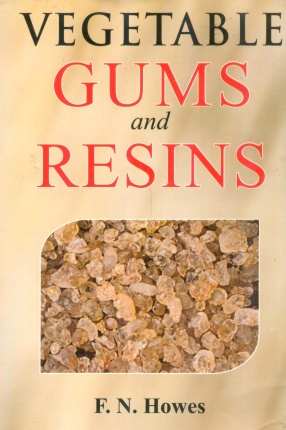
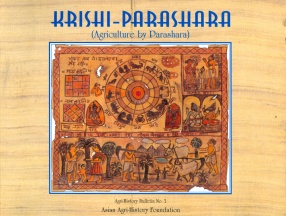

Bibliographic information